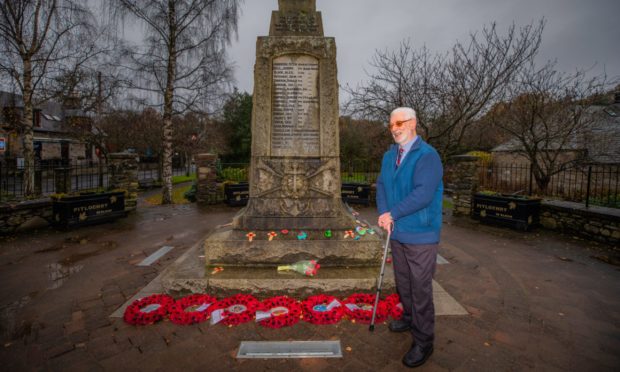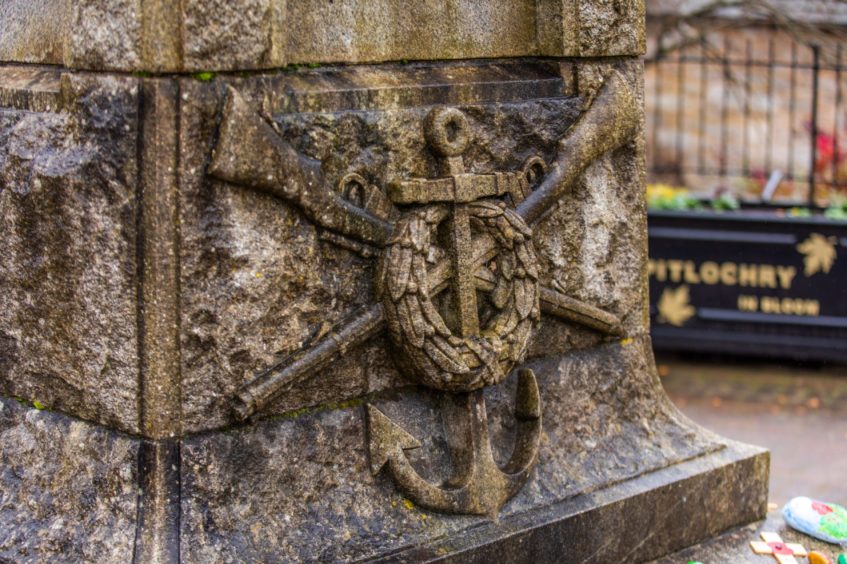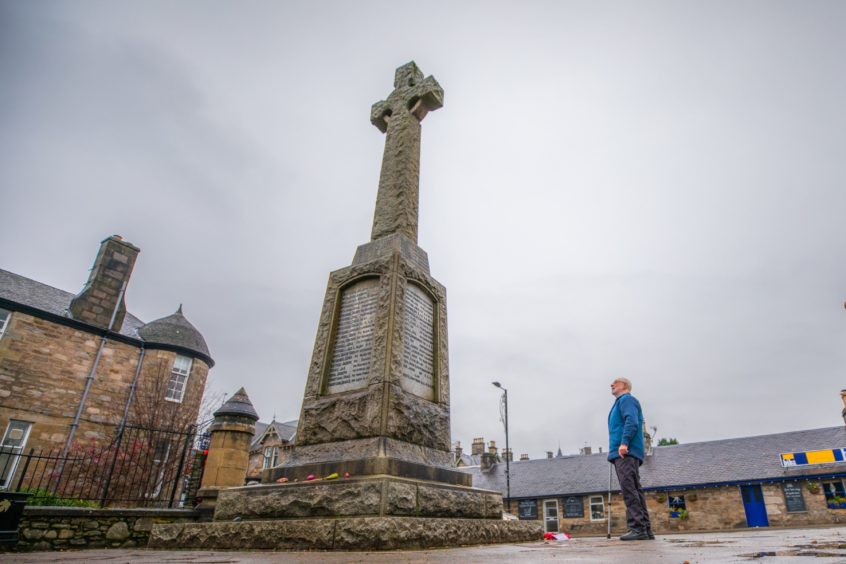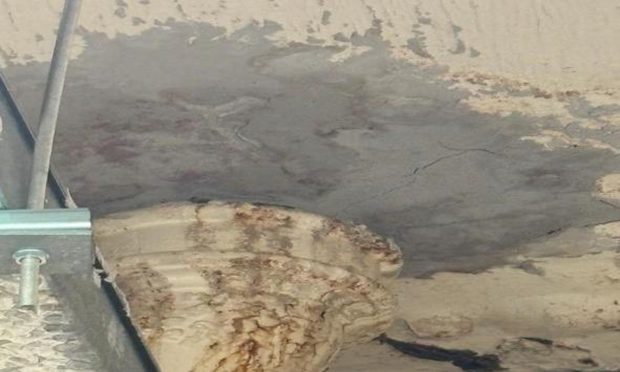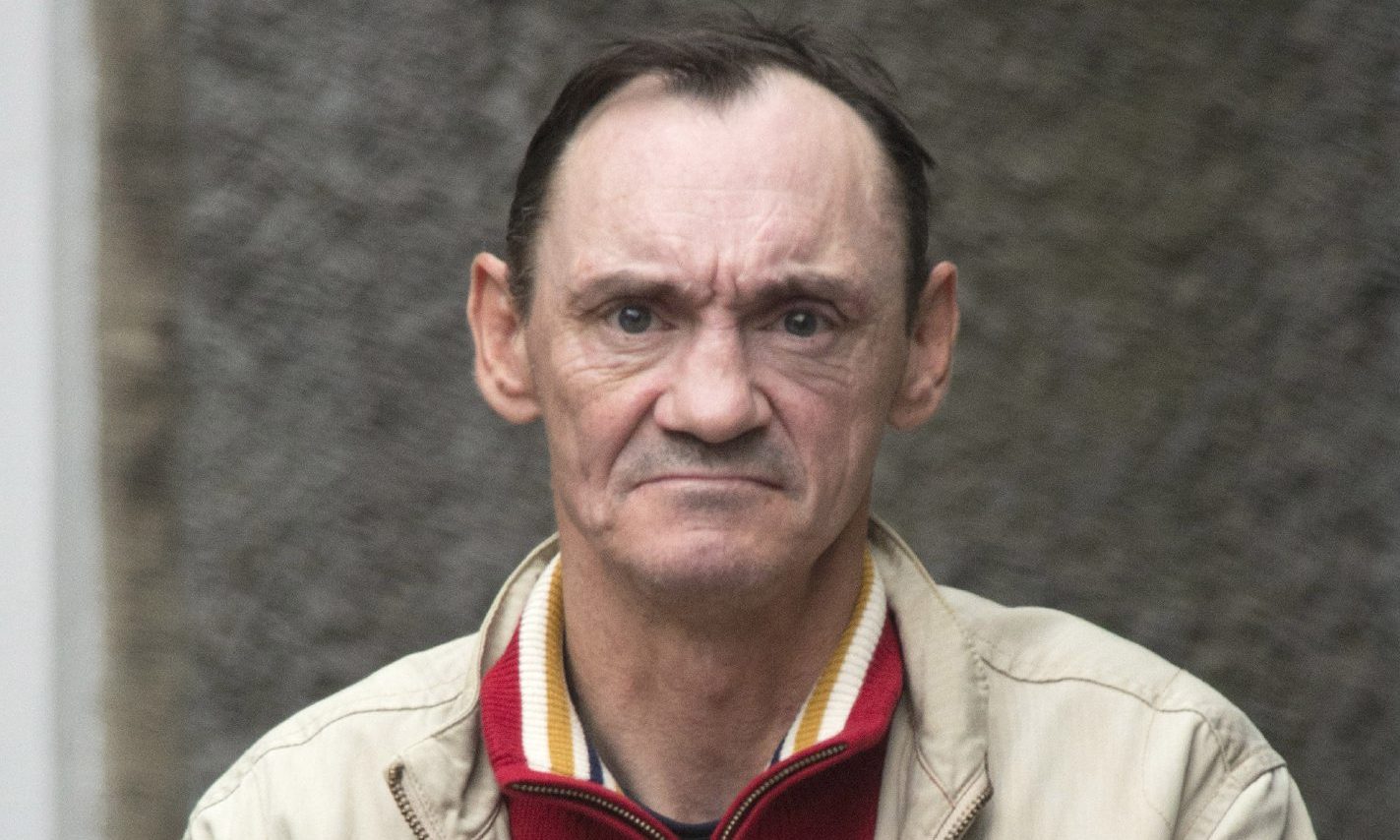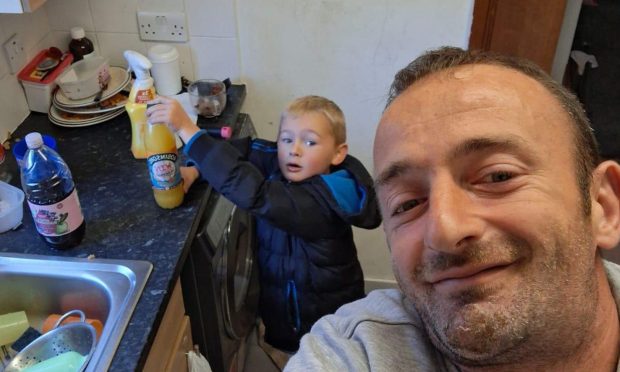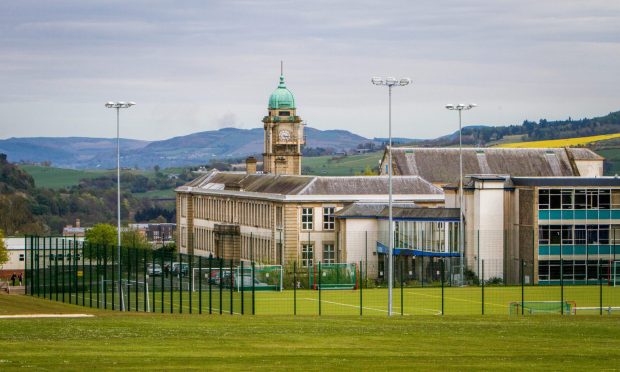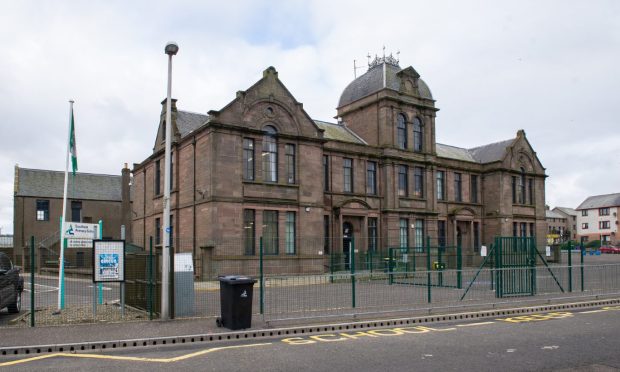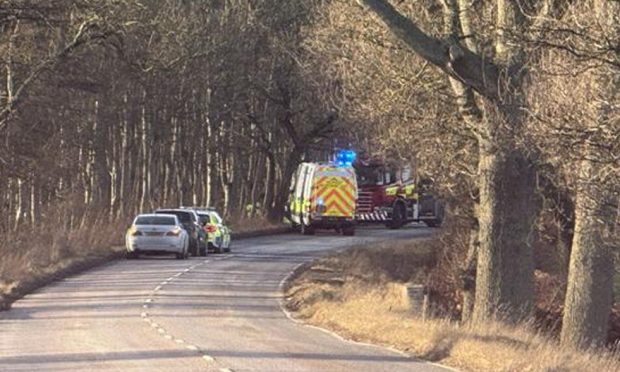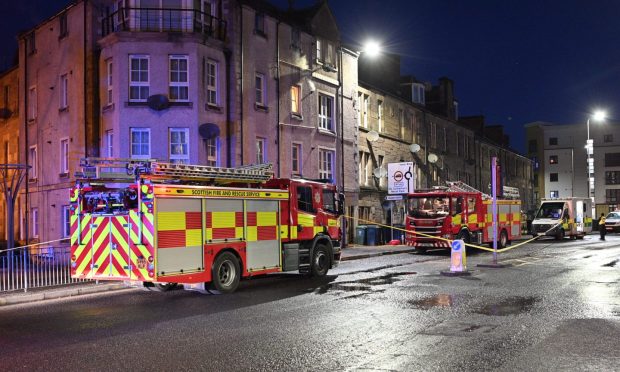An RAF veteran is calling for the air force’s famous emblem to be inscribed on the war memorial in Pitlochry, which currently features only the Army and Navy crests.
Retired squadron leader Ian Gilbert, 88, recently noticed his former unit does not feature in the symbols engraved on the monument, which was erected in 1922 and remembers RAF casualties from the Second World War.
Ian, who served in the RAF for 16 years, told The Courier: “The RAF came into being on April 1 1918 – seven months before the Armistice and several years before the monument was built.
“But while the monument displays crossed rifles for the Army and an anchor for the Royal Navy, there is no symbol for the Royal Air Force.
“The World War 1 casualties recorded in stone appear all to be from the two older services but names of the fallen from World War 2 were added later and include several RAF names.
“I think this omission needs to be corrected promptly.”
Ian believes 2022 would be a good time to unveil the updated crest.
He said: “The monument was built in 1922 so it would be good to get it for the centenary – that would give them a target.”
Between 1955 and 1971, Ian served in the air force across England, Germany and Bahrain.
He said: “I was based all over. I was in Bahrain for a year but without the family so that was hard – but they came to Germany so that was the good times.
“When I came out of the air force I moved to be a school teacher and done that for 15 to 16 years and then I retired in Pitlochry.”
While in his teaching post at the Royal High School in Edinburgh, Ian had Ian Blackford MP, the SNP leader at Westminster and Ken Macintosh, the presiding officer at the Scottish Parliament, as his pupils.
Perth and Kinross Council say they are open to the idea of adding the RAF crest as long as the correct permissions are sought.
A spokesperson for the local authority said: “We are always happy to consider any requests of this nature.
“Any request for additions to established war memorials would require the council to follow a number of steps including seeking Listed Building Consent or Scheduled Monument Consent.
“This would be done in line with national legislation and guidance from the War Memorials Trust and Historic Scotland, also taking into account the availability of funding to carry out such works.”
